Remembering the Dacorum soldiers who fell at Passchendaele 100 years ago
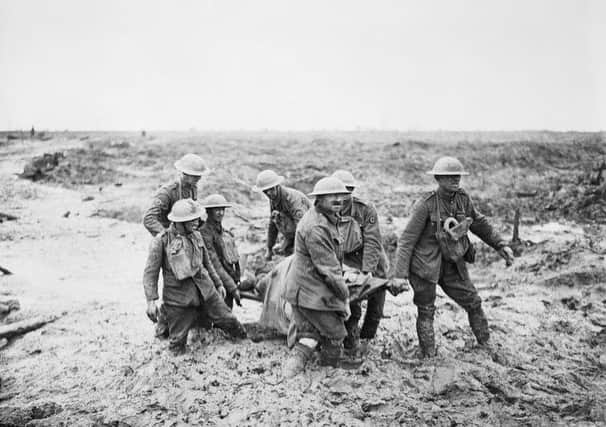

100 years ago this week, those fields were muddy, wet and playing host to hundreds of thousands of soldiers in battle.
These soldiers had left their homes, family and friends to serve their country in the First World War.
Advertisement
Hide AdAdvertisement
Hide AdBut for many of the families in Old Town Hemel Hempstead, Apsley, Tring and Berkhamsted, the sight of waving them off for foreign shores would be the last time they laid eyes on them.
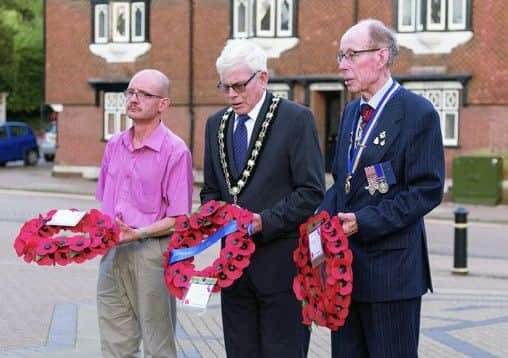

The third battle of Ypres, commonly now known as Passchendaele, took the lives of many of them.
Shivering under cold rain in what little shelter they could find, amid a wasteland of muddy shell craters poisoned with lethal gas, for the soldiers - as one German general put - it was “no longer life at all. It was just unspeakable suffering.”
Half a million soldiers, from both sides, died or were wounded in the Battle of Passchendaele, which lasted for just over three months when launched on July 31, 1917.
Advertisement
Hide AdAdvertisement
Hide AdThe only reminders of the horrors that they saw, and the sacrifice they made, are the photographs, and a list of names etched on the war memorials of Dacorum.
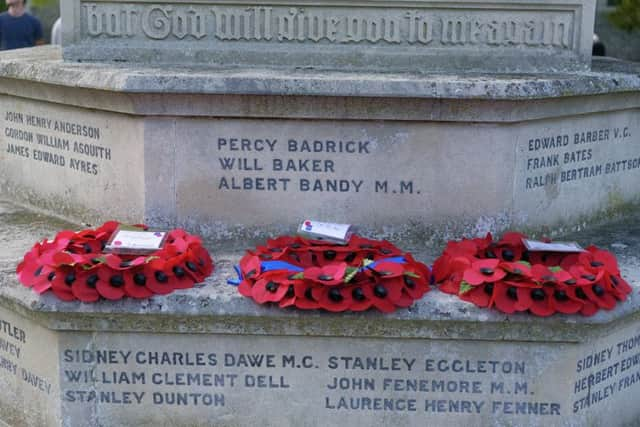

“Not many people had heard of Passchendaele,” says Sir Michael Simmons, who is the president of the Berkhamsted and Tring district branch of the Royal British Legion.
“It was a huge disaster that is finally being highlighted.
“I think awareness is growing, and there are a lot of towns now remembering it.”
Sir Michael laid a wreath commemorating the lost men of Tring at a memorial at the St Peter and St Paul’s Church on Sunday, the eve of the 100th anniversary of battle starting.
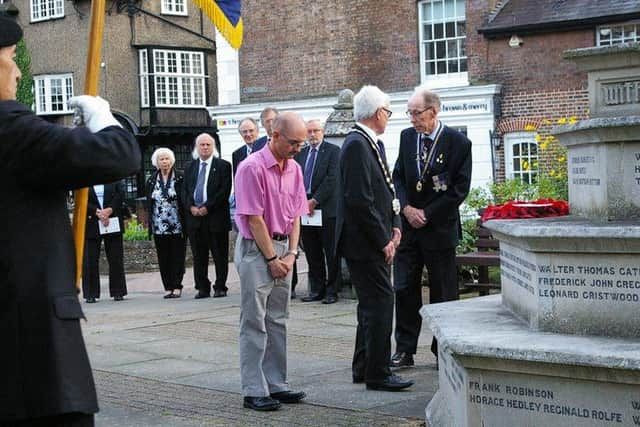

Advertisement
Hide AdAdvertisement
Hide AdHe was joined in laying a wreath by the Mayor of Tring, Councillor Gerald Wilkins, and resident Mark Betton.
Mark, 46, lost his great great uncle Private Sidney Herbert Jennings at the battle.
Private Jennings was killed in action on August 16, 1917, aged 28, as he was fighting with the soldiers from Canada and New Zealand.
“I never met him, obviously, but he’s a part of our family,” says Mark. “But it was important to me and a huge honour to pay my respects, both to him and to all the other men who perished with him.”


Advertisement
Hide AdAdvertisement
Hide AdA Sunday morning service was also held to remember the fallen of Passchendaele at the Church of St Alban in Warners End, Hemel Hempstead.
The Hertfordshire chairman of the Royal Anglian Regiment Association, Major Bill O’Connor T.D, related the events of the fateful war to the congregation.
The First Battalion of the Hertfordshire Regiment battled in the fields of Belgium, and was made up of volunteer territorials from the towns and villages of Hertfordshire, including Gaddesden, Boxmoor and, in large numbers, from the paper mills of Apsley.
The church heard how the regiment advanced across open ground near the town of St Julien towards the enemy positions at the start of the Battle of Passchendaele, through a hail of machine gun and artillery fire.
Advertisement
Hide AdAdvertisement
Hide AdWithin two hours more than a quarter of their number had been killed, including the Commanding Officer. In total, all of the 11 officers perished.
Of the remainder, only 130 were unwounded, and with not a single officer left standing, it fell to the Battalion’s Padre and the Regimental Sergeant Major to deal with the wounded and to reorganise the survivors to defend themselves against a possible German counter-attack.
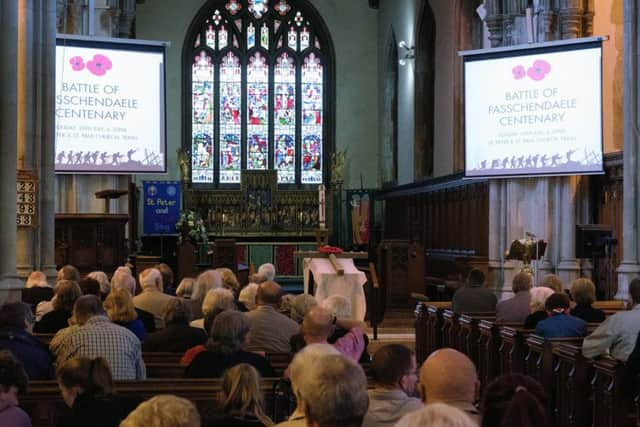

In total, the attack cost 459 casualties of the other ranks.
The vicar or Warners End and Gadebridge, Reverend Pete Stevenson, said it was “right and fitting” to pay tribute to the hundreds of young territorial army soldiers who had “fought so bravely in such appalling circumstances.”
While awareness surrounding Passchendaele has peaked for the centenary commemoration, our town’s war memorials act as a daily reminder that for our tomorrow they gave their today.